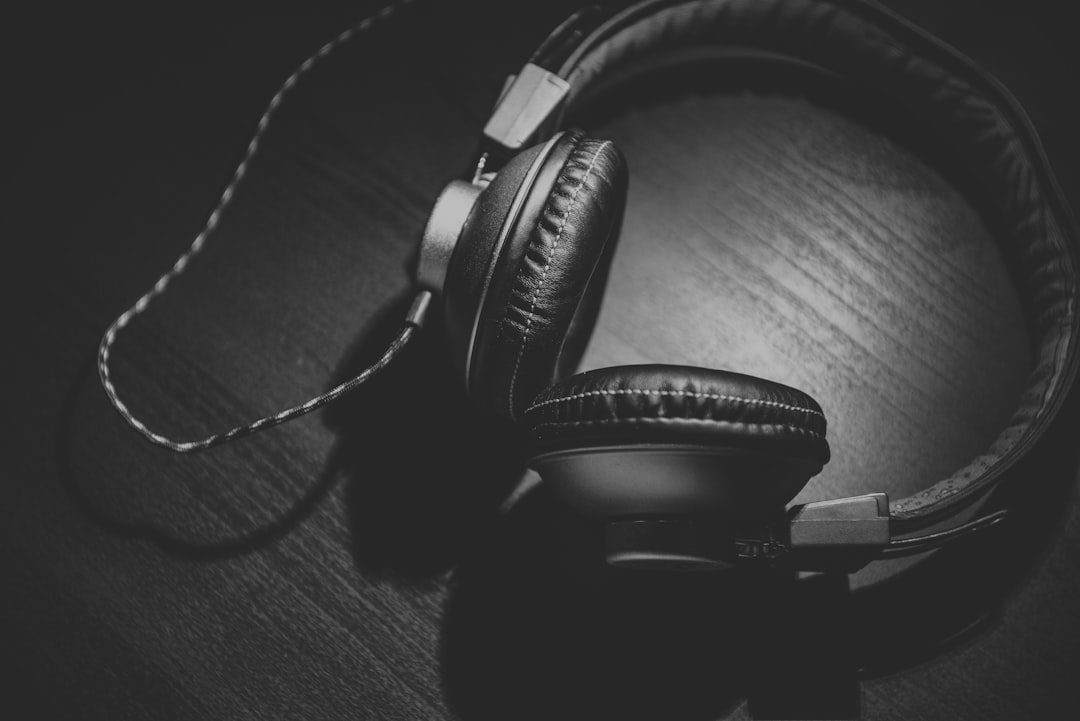My Experience with Audio Dramas From Different Cultures.
My Experience with Audio Dramas From Different Cultures.
For years, my world of audio dramas was largely confined to English-speaking productions. I’d devour gripping BBC series, get lost in American sci-fi epics, and occasionally stumble upon an Australian gem. They were fantastic, no doubt, but a subtle sense of uniformity began to creep in. The narrative structures, the character archetypes, even the very rhythm of the dialogue often felt familiar. Then, a friend recommended a Japanese audio drama, and a tiny crack appeared in my carefully constructed listening bubble. That crack quickly widened into a gateway, revealing a vibrant, diverse universe of storytelling I never knew existed. This wasn’t just about listening to stories; it was about embarking on a profound journey of cultural immersion, one sound wave at a time. My ears became passports, my headphones vessels, and every new drama an exploration into the heart of another culture.
My First Foray Beyond English-Speaking Soundscapes
The first non-English audio drama I consciously sought out was a German psychological thriller. I’d always been fascinated by German literature and cinema, but audio was a new frontier. Initially, I approached it with a mix of excitement and trepidation. Would I understand the nuances? Would the pacing feel alien? To my surprise, the language barrier, while present, quickly faded into the background as the story took hold. I relied heavily on translations, but the raw emotion in the voice acting, the meticulous sound design, and the sheer tension of the plot transcended linguistic differences. It was like experiencing a film noir without the visuals, forcing my imagination to work overtime. The German approach to suspense felt distinct – a slow burn, punctuated by sharp, unsettling sounds, building an atmosphere of dread that was both captivating and uniquely European.
Unveiling the Layers of German Storytelling
What struck me most about that German drama, and others I’ve since explored, was the particular way they handled psychological depth. There was often a focus on internal monologue, on the unspoken thoughts and anxieties of the characters, which the voice actors conveyed with incredible subtlety. The soundscapes, too, played a crucial role. A creaking floorboard wasn’t just a sound effect; it was a character in itself, laden with meaning. The silence wasn’t empty; it was pregnant with tension. This meticulous attention to atmosphere and inner life felt different from the often more action-driven or dialogue-heavy English dramas I was used to. It taught me that storytelling isn’t just about what’s said, but what’s felt, what’s implied, and what the environment communicates.
Navigating Narratives: The Art of Storytelling Across Borders
As I delved deeper, I began to notice fundamental differences in narrative structures and pacing. Japanese audio dramas, for instance, often embrace a more episodic, almost meditative quality. They might spend an entire episode building a character’s internal world or exploring a single philosophical concept, rather than rushing towards a plot point. This approach, initially challenging for my Western-conditioned impatience, became incredibly rewarding. It allowed for deeper character development and a richer exploration of themes. I remember one Japanese drama, a slice-of-life story set in a small café, where the sound of the rain outside and the gentle clinking of teacups were as vital to the narrative as any dialogue, creating a profound sense of tranquility and introspection.
The Rhythmic Pulse of Different Cultures in Storytelling
Moving from the deliberate pace of some East Asian productions to the vibrant energy of Latin American audio dramas was another fascinating shift. Here, the storytelling often felt more immediate, more passionate. The dialogue could be rapid-fire, layered with humor and a strong sense of community. I encountered folk tales reimagined, historical narratives brimming with drama, and contemporary stories that tackled social issues with raw honesty. The voice acting often had a theatricality that was utterly captivating, drawing me into their worlds with an infectious enthusiasm. It was a stark contrast to the more understated delivery I’d become accustomed to, reminding me that the power of audio storytelling lies not just in the words, but in the unique cultural inflections of their delivery.
The Symphony of Sound: How Cultural Nuances Shape Audio Production
Beyond the narrative, the sound design itself became a window into different cultural aesthetics. In some Nordic dramas, for example, there’s an almost minimalist approach to sound, allowing for vast, open soundscapes that evoke their expansive natural environments. The crunch of snow, the howl of wind, the distant cry of a bird – these aren’t just background elements; they are integral to the emotional landscape and often carry symbolic weight. This sparse yet powerful use of sound creates an immersive, almost meditative experience, deeply rooted in their cultural appreciation for nature and solitude.

Beyond the Spoken Word: Sound as a Cultural Translator
Conversely, I’ve experienced Indian audio dramas that embrace a rich tapestry of sounds and music, often incorporating traditional instruments and bustling city soundscapes to create a vibrant, multi-sensory experience. The use of background chatter, street vendors’ calls, and specific regional music styles immediately transports you to the heart of India. It’s a celebration of sound, reflecting a culture known for its vibrancy and sensory richness. This contrast highlighted how a guide to immersive sound design isn’t universal but deeply culturally inflected. Each culture seems to have its own “audio palette,” choosing which sounds to emphasize, which to subdue, and how to weave them together to tell their stories most effectively.
Unpacking Universal Truths Through Diverse Cultural Lenses
Perhaps the most profound aspect of my journey has been discovering how different cultures interpret and express universal human experiences. Love, loss, ambition, fear, hope – these are themes that resonate across all societies. Yet, the way they are explored, the societal norms they interact with, and the philosophical underpinnings they draw upon can vary dramatically. A story of forbidden love in a Japanese drama might explore themes of duty and family honor with a subtlety very different from a similar story in a Latin American context, which might emphasize passion and rebellion. This isn’t to say one is better than the other, but rather that each offers a unique, enriching perspective.
Expanding Empathy Through Shared Humanity
Listening to these diverse narratives has been a powerful exercise in empathy. It forces you to step outside your own cultural assumptions and understand motivations, fears, and joys from another viewpoint. You begin to appreciate the intricate tapestry of human experience, realizing that while the external manifestations of life might differ wildly, the core emotions and struggles often remain the same. This shared humanity, filtered through distinct cultural expressions, makes for incredibly rich and thought-provoking listening. It’s a constant reminder that there are countless ways to be human, and each one holds valuable lessons.
More Than Entertainment: My Deepened Global Empathy
My experience with audio dramas from different cultures has been far more than just a source of entertainment. It has been an education, an eye-opener, and a profound exercise in expanding my worldview. It has challenged my preconceptions, introduced me to new ways of thinking, and deepened my appreciation for the sheer diversity and creativity of human storytelling. I’ve learned that language is not just a barrier but a gateway, that sound can paint pictures more vivid than any visual, and that stories are the threads that connect us all, regardless of where we come from. It has made me a more curious, more empathetic, and ultimately, a more globally aware individual.
A Continuous Journey of Discovery
The journey is far from over. With every new recommendation, every platform explored, I find myself discovering more hidden gems. From the intricate mythologies of African audio dramas to the sharp political satire of European productions, the world of audio storytelling is vast and endlessly fascinating. It’s a reminder that there’s always more to learn, more to experience, and more cultures to connect with through the simple, yet powerful, act of listening. For anyone looking to broaden their horizons and engage with the world in a deeply personal and immersive way, I cannot recommend exploring different audio drama genres from diverse cultures enough. It’s an adventure for the ears, the mind




Post Comment